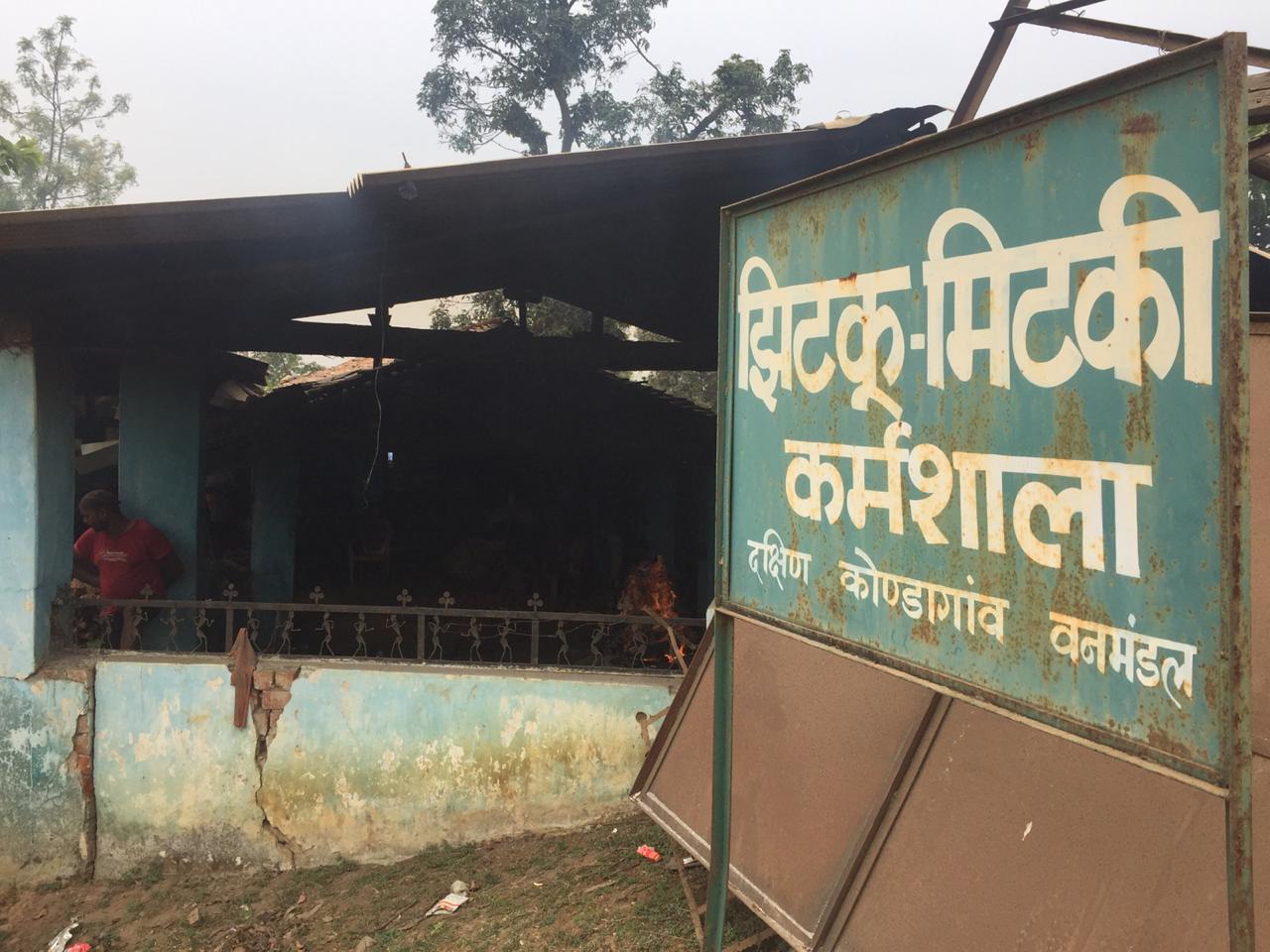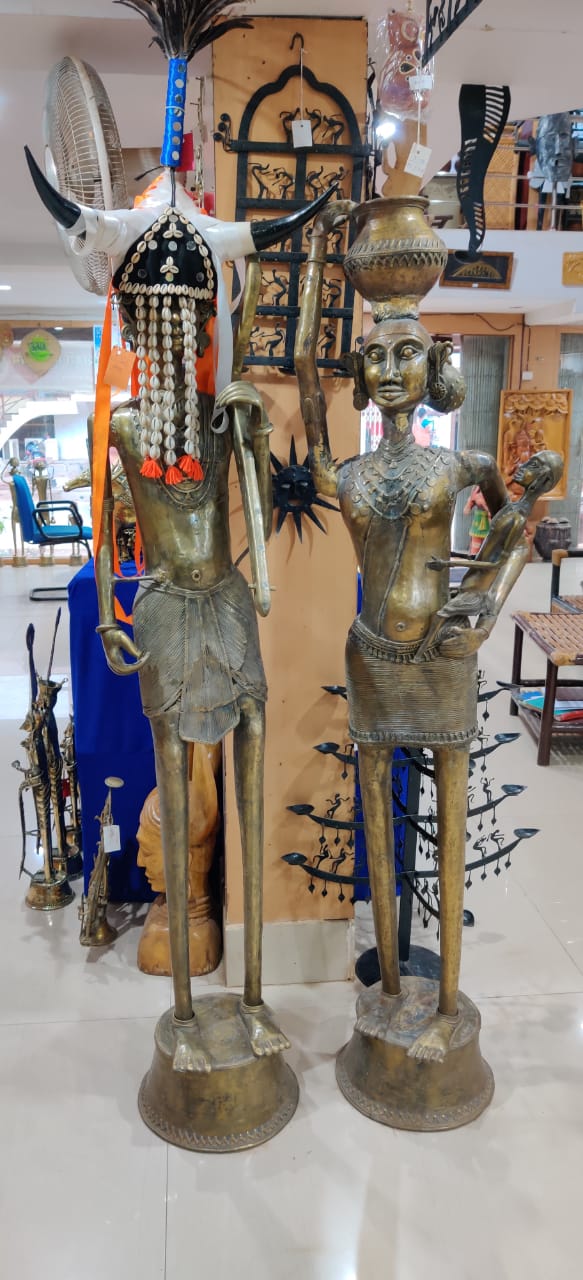The city of Raipur in Chhattisgarh is the most convenient place from where one can access Baster. The clusters in Bastar for the Dhokra craft are Kondagaon and Jagdalpur, which are situated 225 kms and 298 kms respectively from Raipur Dhokra art is the characteristic feature of Chhattisgarh art. Each piece of Dhokra art is characterized by intricate attention of the artist to provide its authenticity. It is an ancient method by which metal arty-crafts are made through wax casting techniques. It is an ecofriendly craft as it uses scrap useless metal.
Dhokra is a non- ferrous metal that is cast into various products by using the lost- wax casting technique. This sort of metal casting has been undertaken in India for over 4,000 years and the same method is still being used. One of the earliest known lost wax artifacts is the dancing girl of mohenjo-daro.Dhokra is the oldest form of metal casting and popular because of its simplicity. It is the specialty of Chhattisgarh. It is very important handicraft because of it labour extensive and largely exclusive folk character. Bastar district of Chhattisgarh provides the most distinct Dhokra crafts. Dhokra crafts are made manually by casting of brass and bronze metal with the help of wax vanishing technique. The process of making Dhokra craft is very old however; it provides such intricate works of the local deities, sun, moon, jungle, flora and fauna etc. to provide a decorative look on it.



